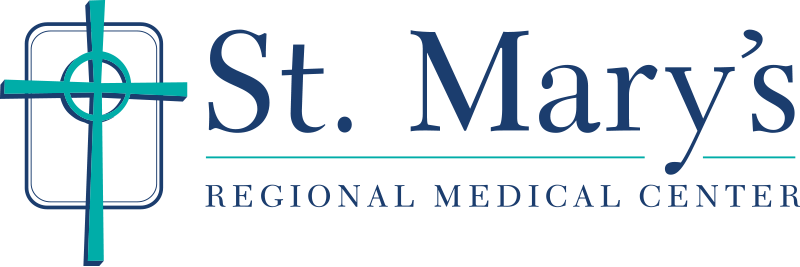Dry needling is a therapy that uses needles, which contain no medication, to achieve pain relief by targeting areas of restriction in the muscles and surrounding tissues. It can be used to treat patients with many conditions, such as tennis elbow, golfer’s elbow, carpal tunnel syndrome, lower back or shoulder pain, headaches and migraines, plantar fasciitis and knee osteoarthritis, says Kent Keithly, PT, Cert. DN, a physical therapist for St. Mary’s.
He and Chelsea Tuma, PT, DPT, Cert. DN, have earned certification from the Dry Needling Institute, American Academy of Manipulative Therapy. They perform dry needling at St. Mary’s Outpatient Center for Rehabilitation in the Willow Plaza Shopping Center. Especially for people who are not finding relief with other interventions, dry needling can be a valuable tool, they say.
“Sometimes, with soft tissue mobilization (which is a form of manual physical therapy), you can’t go deep enough to where you need to be,” Keithly explains. Dry needling enables therapists to target deeper muscles and tissue. This can help stimulate blood flow to the area and restart the healing process.
The needles used for this therapy are much thinner in diameter than needles that would be used to give a shot, and they come in different sizes, notes Tuma. “We use guide tubes to guide the needle exactly where we want it,” she says. Patients typically lie down for the procedure and will feel a little sting when the needle enters the skin. They may experience some discomfort during the procedure. It is done in conjunction with other therapies such as stretching, and patients are given activities they can do at home to further support healing.
“Dry needling is not for everybody,” Keithly acknowledges. But for many patients, it can provide a compelling treatment option. “The neat thing is you usually get a pretty instantaneous response,” says Tuma. Sometimes patients can feel a difference before they leave the clinic, she says.

